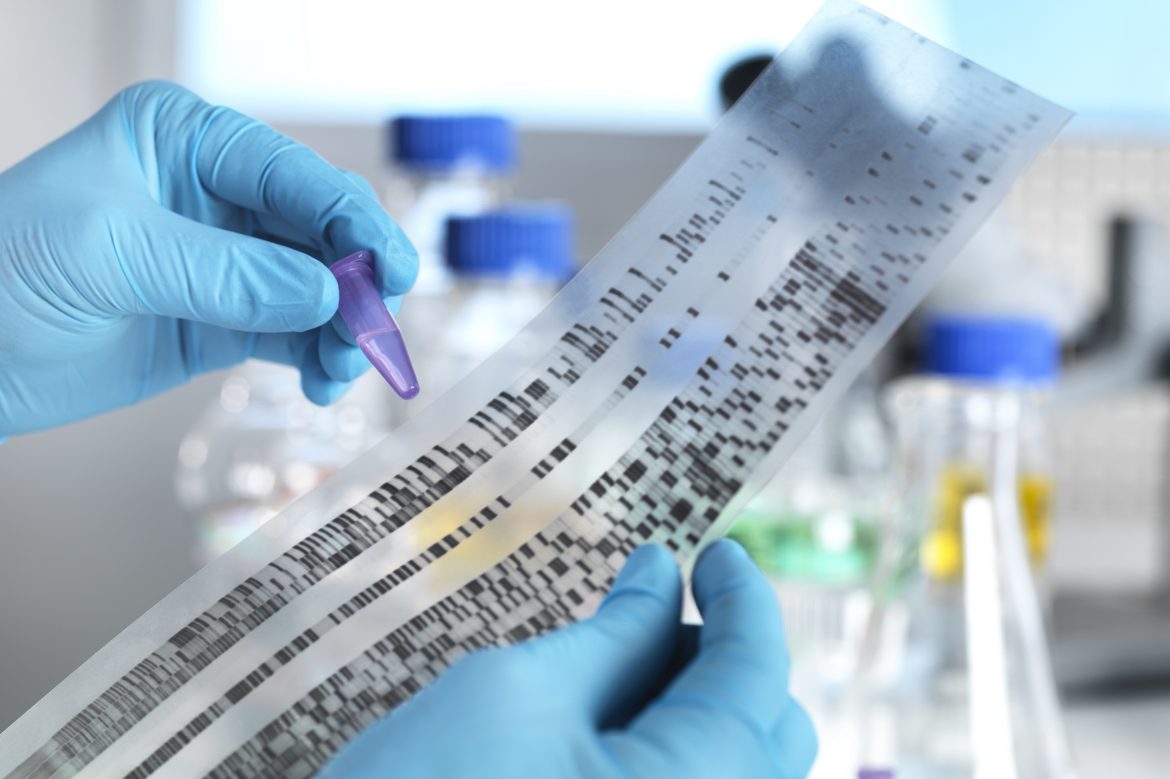
The Evolution of Pain
Rapid advancements in gene sequencing technologies today are guiding scientists on a voyage of exploration deep into the past, almost like genetic archaeologists. Extensive studies continue to uncover our genetic legacy spanning thousands of years. These studies and excavations unveil our relationships and genetic exchanges with our ancient ancestors, aiding in comprehending how we have been moulded from antiquity to the present, and offering a glimpse into the Neanderthal within ourselves.
We now know that throughout history, there have been numerous interactions between archaic human species and modern humans. In a 2017 study published in Cell, electronic medical records and phenotypic traits of 112,000 individuals were scrutinised to understand the impact of Neanderthal genes on European populations. According to the findings of this study, Neanderthal genetic influence persists among us. Neanderthal DNA affects various characteristics including immune response, skin pigmentation, hair colour, stature, sleep patterns, susceptibility to diseases, mood, and even predisposition to smoking. It’s speculated that this DNA may also influence our circadian rhythms, determining whether we are early risers or night owls.
Understanding the results of these interactions with our ancient ancestors is intricate, with new discoveries emerging constantly. A recent study published in Communications Biology establishes a connection between our pain sensitivity threshold and Neanderthal genes.
The SCN9A gene is crucial in forming sodium channels facilitating communication between nerve cells and modulating the nervous system’s reaction to pain. Researchers identified three distinct variants of the SCN9A gene associated with heightened sensitivity to pain when skin is pierced or pricked. Remarkably, these three variants were inherited from our Neanderthal forebears! To observe the Neanderthal effects in the SCN9A gene, researchers collaborated with 7,594 volunteers from Brazil, Chile, Colombia, Mexico, and Peru. Participants underwent pain sensitivity tests after a mustard oil treatment to heighten skin sensitivity, followed by genetic analysis of relevant regions for Neanderthal remnants. Results indicated that these variants correlated with reduced pain thresholds, with the threshold being even lower in individuals carrying all three variants.
Another interesting outcome was the increase in prevalence of Neanderthal genes proportionate to an increase in Native American ancestry. Peru exhibited the highest frequency of Neanderthal variants in the SCN9A gene, while Brazil had the lowest. These variants, common among Latin American indigenous populations, were found to be scarce in European populations. Researchers attribute the high frequency in Latin American natives to significant drifts and population bottlenecks during the initial colonisation of the Americas.
Moreover, researchers speculate on the balancing selection effects of the SCN9A gene, pondering whether Neanderthal genes played a role in the environmental adaptations of modern humans. The reasons behind a heightened sensitivity to pain in Neanderthals, and whether these inherited genes conferred evolutionary advantages remain uncertain.
Much is yet to be discovered about modern humans’ ties to our ancient ancestors. Scientists aim to comprehend these historical relationships by dissecting genes, with each revelation resembling a piece of a vast jigsaw puzzle, illuminating the intricate narrative of human evolution. Through tracing our genetic heritage and ancestral connections, scientists strive to gain a clearer understanding of humanity’s past. Acknowledging the imprint Neanderthals left on modern human lives aids in unravelling evolutionary processes and the complexities of human nature.
REFERENCES
- 1. https://www.nature.com/articles/s42003-023-05286-z
- 2. https://www.popularmechanics.com/science/a45586059/neanderthal-gene-modern-sensitivity/
- 3. https://www.cell.com/ajhg/fulltext/S0002-9297(17)30379-8
